“B Had Nothing To Do With It!” A Growled, Storming Over To The General. “I Met Them LONG After
“B had nothing to do with it!” A growled, storming over to the general. “I met them LONG after I ran away.” “Sure,” the general scoffed. They started to turn, but A grabbed their sleeve in a white-knuckled grasp.
“You’ve chased me across worlds,” A hissed. “You know this. So why are you REALLY keeping them? Why are you keeping them away from me?”
More Posts from Wild-thingslayhere and Others

Lucien Kolly

Ancient Forest Walk Playlist
@angiethewitch here you go babes!
Description: theres a few wild cards in here
these are in no particular order!! Just simply songs that invoke an ancient feeling to me in general, are of an ancient origin, or meditative with forest themes. Some are similiar in style, others are vastly different. My interpretation of ancient forest may differ from others!
Softer songs:
Homing- Loma
Wildflowers- The Wailin Jennys
Folkesange album by Myrkur (norse folk songs)
Passing Of The Elves- Lord of The Rings Sindarin song
The Mermaid- Kate Rusby
Fill-iù Oro Hù Ò and O Cò Bheir Mileam- traditional irish folk songs
Munknör- Cernunnos
Fíonnulas Tale- Marc Jungermann
Darker songs/meditative songs:
Norupo-Heilung
Runatal-Danheim
Folkvangr- Danheim
In Maidjan- Heilung
Yggdrasil- Danheim
Cernunnos- Foraoise
Andi- Munknörr and Sugurbođi

Seabeck, Wa

Misty path (Mullerthal Trail) by Piotr Kaminski
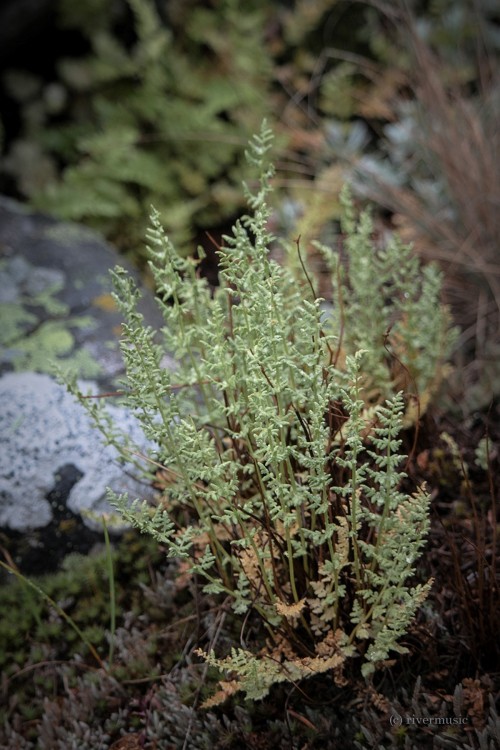
A Preview of Spring - I am looking forward to seeing the ferns unfurl their fronds once more.
© riverwindphotography, May 2018
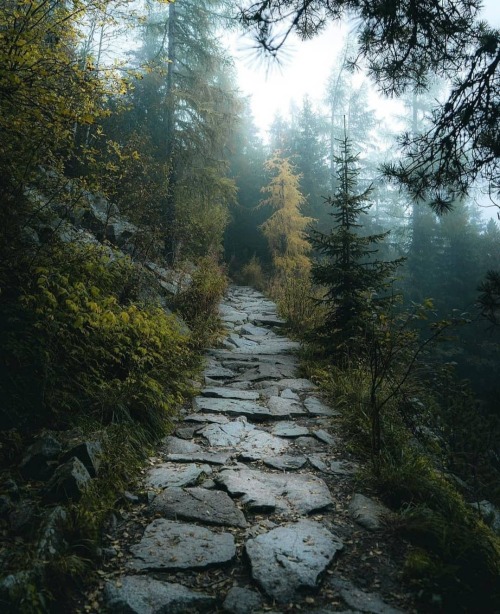
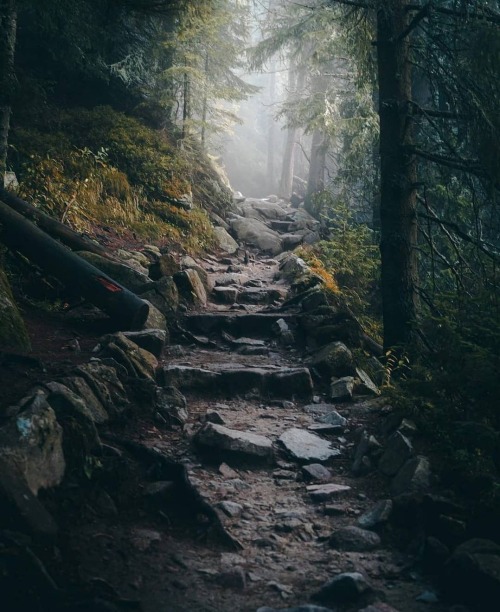
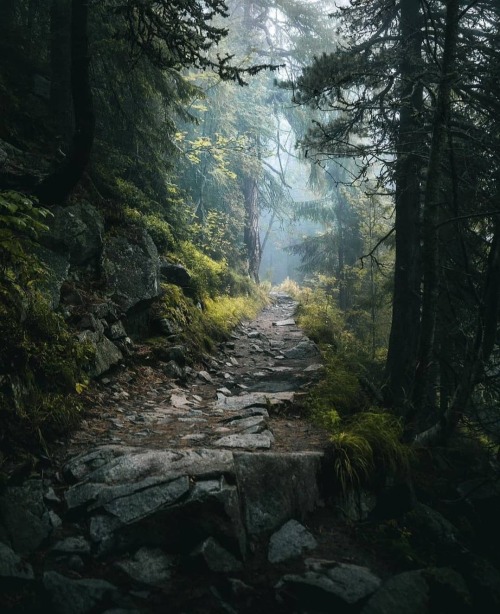
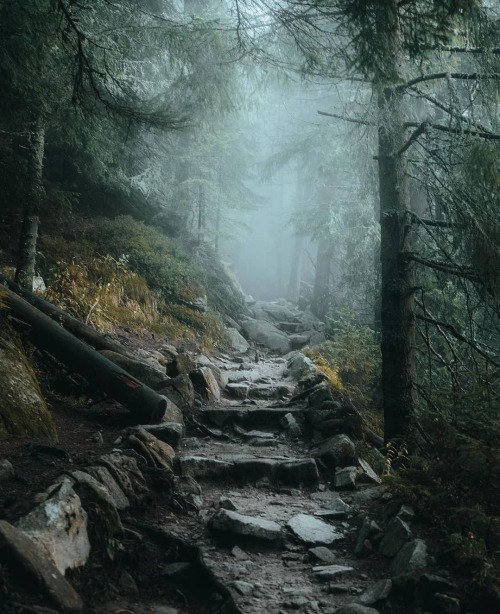
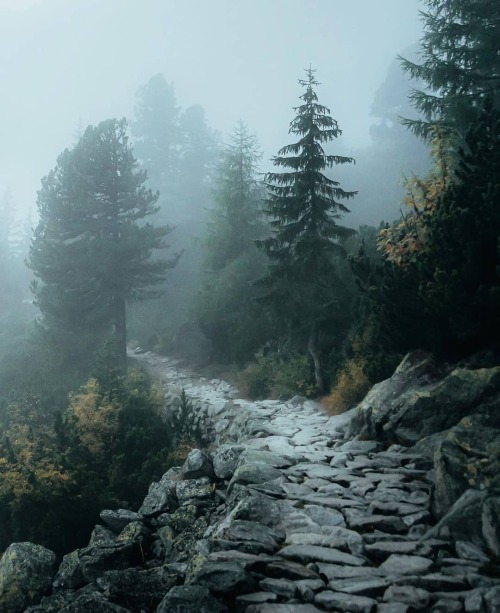
Silence morning
by P E T E R P O L Á K

All rights reserved by Nature Lover
Work Songs and Sea Shanties
There’s been a lot of posts making the rounds discussing the ties between industrial union songs, folk songs, and sea shanties (since there’s been a rise in sea shanty popularity because of tik tok.) But I have yet to see one making the direct connection from African American work songs. Which is a little disheartening, as a black person who has always liked and enjoyed the genre.
Work songs have existed lonnnnnggg before shanties. But the distinct lyrical and instrumental form of what we immediately think of as “sea shanty” had antecedents in the working chants of international maritime traditions. Mainly those sung while loading vessels with cotton in ports of the Southern United States, during the 18th and 19th century. And you know what also rose in the 18th and 19th century?
Answer: Chattel Slavery.
“In the first few decades of the 19th century, White European-American culture, especially the Anglophone—the sailors’ “Cheer'ly Man” and some capstan songs notwithstanding—was not known for its work songs. By contrast, African workers, both in Africa and in the New World, were widely noted to sing while working. The fact that European observers found African work-singers so remarkable suggests that work songs were indeed rather foreign to their culture.” Source
Slave music has many distinct qualities. In early captivity, drums were used to provide rhythm, but they were banned in later years because of the fear that Africans would use them to communicate in a rebellion (they were, and also used as escape codes.) Slaves then resorted to generating percussion, using other instruments or their own bodies. Another quality is the call-and-response format, where a leader sing’s a verse or verses and the others respond with a chorus. There’s also field hollers, shouts, moans, etc.
As slaves were forced into christianizing, their work songs evolved into Spirituals. Other measures to prevent slave rebellion included making sure that slaves from the same tribe were intentionally scattered, so that they could not share the same language. The forbiddance of practicing indigenous religions and speaking anything other than English meant that eventually, the large groups of slaves were once again able to communicate with each other.
Spirituals were largely informed by the colonial hymns and folk songs of the time. They had the multitudinous purpose of 1.) keeping everyone working 2.) imparting Christian values 3.) describing the hardships of slavery, and 4.) hiding codes to escape. Famous Spirituals include “Swing Low, Sweet Chariot” and “Wade in the Water” and they were a significant part of navigating the Underground Railroad.
The switch to steam powered ships by the end of the 19th century gradually made sea shanties obsolete as work songs, so they are largely preserved as folk music. But because African Americans were still forced into the labour class, their work songs continued to evolve. Here are some chain gang songs for example.
Work songs > Spirituals > Gospel Music > Blues > Every Modern Black American Musical Genre That we Know Today
Not only that, but the root genre of work songs still exist across the globe, distinct to the agricultural and industrial work force of each culture. These videos were all posted within the last 5-10 years, from Tasmania, South Africa, The Philippines, and Tanzania. You can hear the connection between them being the tremendous labour they do.
![Mossy Trees In Sweden, Västra Götalands Län [4679 X 3999] [OC] - Author: Schlafhose On Reddit](https://64.media.tumblr.com/edaedb648f09ee0bc9fd90127a5ac4ec/4d483d20b95b7e75-e9/s500x750/94e4c17d9ff6cfa1a671b8a731fde1a4e01a69f5.jpg)
Mossy trees in Sweden, Västra Götalands län [4679 x 3999] [OC] - Author: Schlafhose on reddit

All rights reserved by Txema
-
 reaperreaps liked this · 1 year ago
reaperreaps liked this · 1 year ago -
 merakiaes liked this · 1 year ago
merakiaes liked this · 1 year ago -
 wild-thingslayhere reblogged this · 1 year ago
wild-thingslayhere reblogged this · 1 year ago -
 wild-thingslayhere liked this · 1 year ago
wild-thingslayhere liked this · 1 year ago -
 royaltystudios liked this · 3 years ago
royaltystudios liked this · 3 years ago -
 saturnknows liked this · 3 years ago
saturnknows liked this · 3 years ago -
 garbage-lad-junior liked this · 3 years ago
garbage-lad-junior liked this · 3 years ago -
 icedchai1 liked this · 3 years ago
icedchai1 liked this · 3 years ago -
 tiramichu1 liked this · 3 years ago
tiramichu1 liked this · 3 years ago -
 misred-poetry liked this · 3 years ago
misred-poetry liked this · 3 years ago -
 asunnydreamer liked this · 3 years ago
asunnydreamer liked this · 3 years ago -
 zimowy-0 liked this · 4 years ago
zimowy-0 liked this · 4 years ago -
 neverlessdevoted liked this · 4 years ago
neverlessdevoted liked this · 4 years ago -
 myexistenceisascandal liked this · 4 years ago
myexistenceisascandal liked this · 4 years ago -
 blaithnne liked this · 4 years ago
blaithnne liked this · 4 years ago -
 ai-reblogs reblogged this · 4 years ago
ai-reblogs reblogged this · 4 years ago -
 ai-higurashi liked this · 4 years ago
ai-higurashi liked this · 4 years ago -
 marrishisrealok liked this · 4 years ago
marrishisrealok liked this · 4 years ago -
 quintessashoop liked this · 4 years ago
quintessashoop liked this · 4 years ago -
 ornatechaos liked this · 4 years ago
ornatechaos liked this · 4 years ago -
 kactus-loves-writing liked this · 4 years ago
kactus-loves-writing liked this · 4 years ago -
 dru-the-agender-god liked this · 4 years ago
dru-the-agender-god liked this · 4 years ago -
 becky-art-wtf liked this · 4 years ago
becky-art-wtf liked this · 4 years ago -
 thesparkmeetstheeye liked this · 4 years ago
thesparkmeetstheeye liked this · 4 years ago -
 kayla-cute-frost liked this · 5 years ago
kayla-cute-frost liked this · 5 years ago -
 little-loser-x liked this · 5 years ago
little-loser-x liked this · 5 years ago -
 tmifangirl29 liked this · 5 years ago
tmifangirl29 liked this · 5 years ago -
 just-a-few-prompts reblogged this · 5 years ago
just-a-few-prompts reblogged this · 5 years ago

You may see memes/random things pop up occasionally, or things about my life irl Ash They/Them oh, and I write/do art sometimes
296 posts